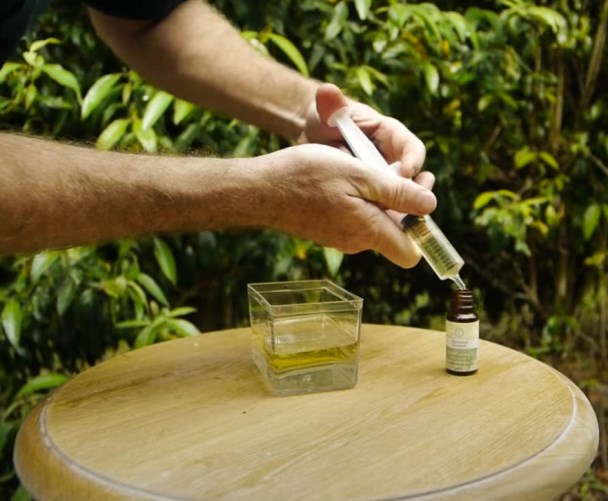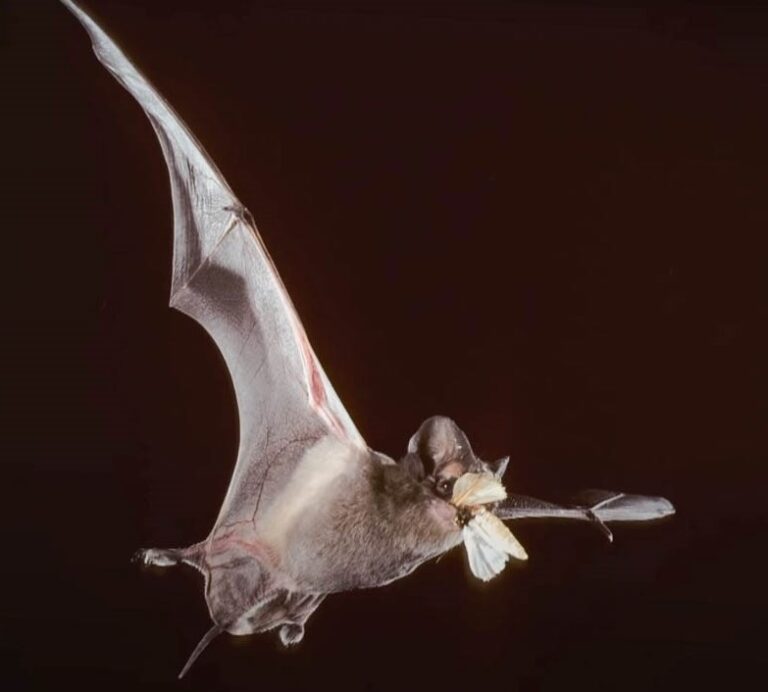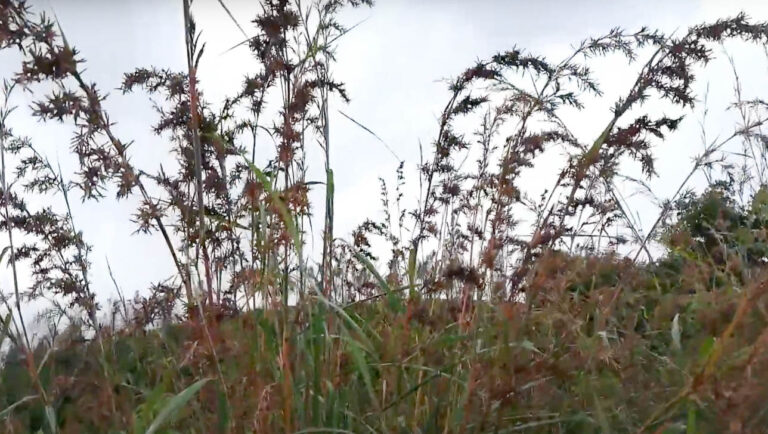Do mosquito traps and zappers work?
Do mosquito traps and zappers work?
Mosquitoes are important nuisance pests that are not only unpleasant to have around but also carriers of dangerous diseases. Keeping mosquitoes out of an area will keep occupants safe from mosquito bites and the associated disease transmissions.
They are different methods of managing and controlling mosquito infestations as well as preventing infestations. In this article, our focus is on mosquito traps and zappers. We consider whether they work and how effective they are at controlling mosquito infestations.
Mosquito traps and zappers are adapted to kill the pests and are typically suited for outdoor use. The devices are made typically aimed at reducing the population of mosquitoes in and around homes and other properties.
The idea behind mosquito traps and zappers
For a device to be an effective trap for a pest, it has to be adapted to the features of the pest. For mosquitoes, one of those top features is their mode of movement, flying. For a trap to be effective for mosquitoes, it should be able to attract or trap them as they fly.
Pests typically infest areas in search of food, water, and shelter. Traps could target these items, applying them as baits to lure the target pest.
Mosquito traps and zappers are adapted to attract and catch mosquitoes as they fly. The traps also lure mosquitoes with the promise of food. Mosquitoes find suitable hosts using a combination of factors. One such factor is the carbon dioxide emitted from the host.
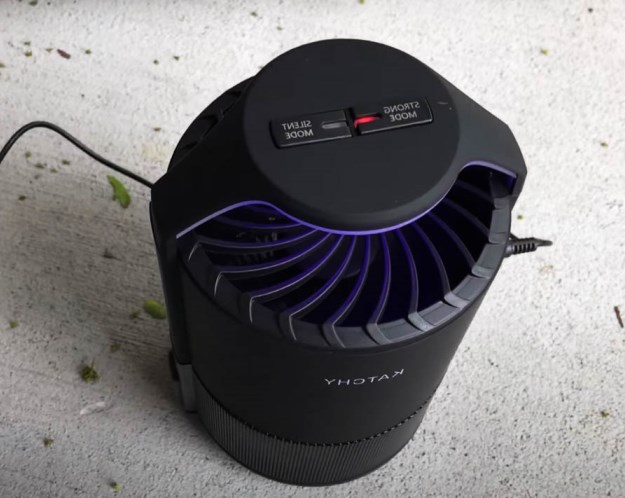
This is the factor that is applied in luring mosquitoes to traps and zappers. The traps that lure mosquitoes with carbon dioxide burn propane to produce the gas or directly apply tanks for carbon dioxide. Some mosquito traps apply attractants like body heat and mammalian smell, imitating the natural options that the female mosquitoes will be after.
Mosquito traps and zappers apply different methods in killing the bloodsuckers. When the attractants draw mosquitoes into the trap, they could be electrocuted to death. They could also be drawn into a sticky substance that immobilizes and kills them. Mosquitoes drawn into the trap could also be desiccated.
On considering the basic features of mosquito traps and zappers, it could be easily concluded that they are effective for reducing the population of mosquitoes in the area. It is noteworthy that extra features have been developed to improve the efficiency of mosquito traps and zappers. For example, newer designs are focusing on portability and independent sources of power and carbon dioxide, for traps that use carbon dioxide as the attractant.
Experts have commented on the suitability of mosquito traps and zappers for reducing the population of mosquitoes in an area. Generally, the use of zappers has been met with criticisms of the non-specificity as target and non-target pests could be trapped. This limitation has been managed with a lot of the available traps and zappers applying attractants targeted at mosquitoes. Users have also commented on the efficiency of traps and zappers, praising them in most cases, even with complaints of underperformance against marketing promises.
It is important to mention the factors that could impede the efficiency of mosquito zappers and traps. The placement is one of such factors. The right placement of mosquito traps and zappers is upwind to the breeding or nesting site of the mosquitoes. For traps and zappers to be effective, the right chemical attractant is also necessary. We should also mention that it takes some time for the effects of traps and zappers to be noted.
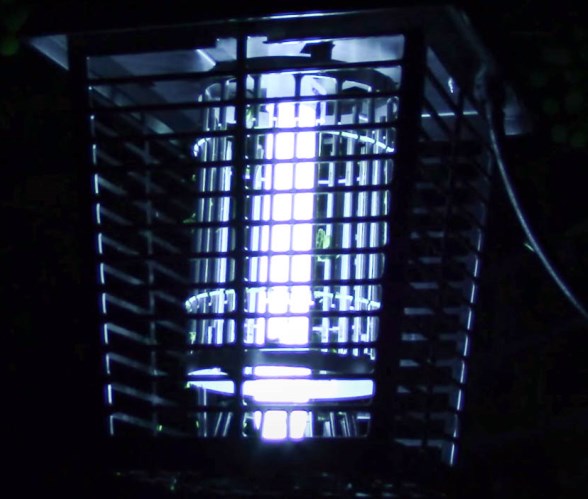
It could take 4 to 6 weeks for notable results to be achieved when using mosquito zappers or traps. Mosquito traps and zappers adapted to the peculiarities of their targets should work if they are properly applied.

